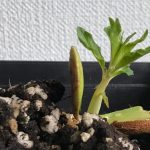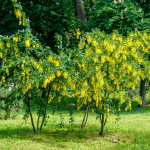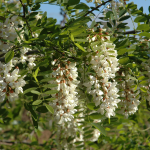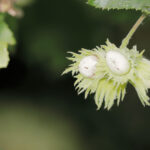Best Trees for Supporting Native Pollinators in Temperate Climates
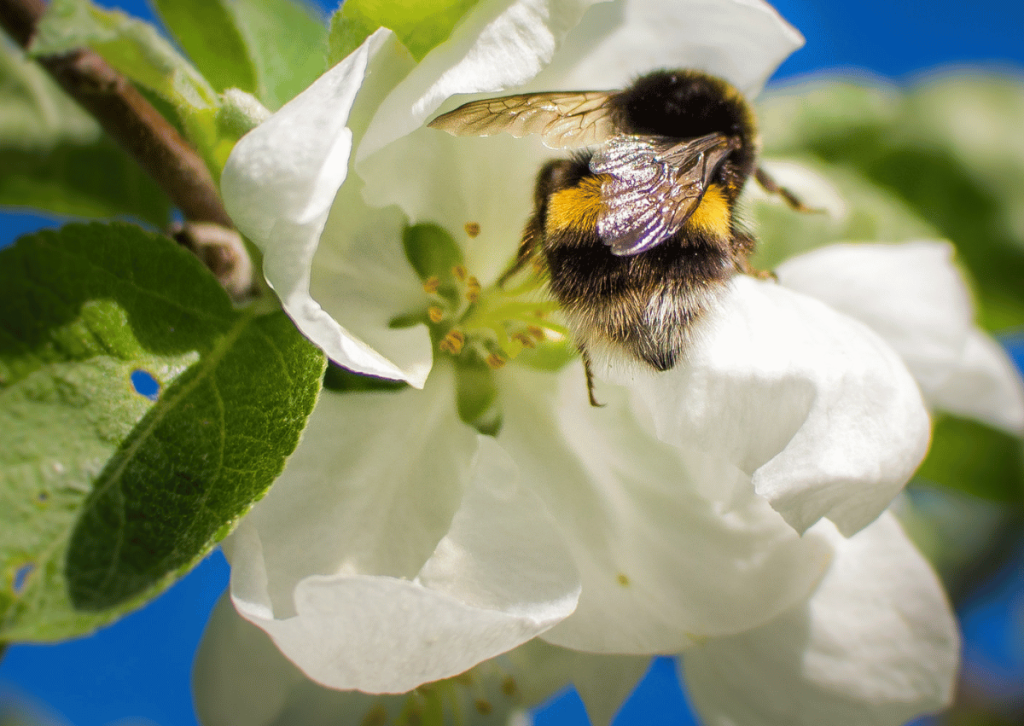
Discover the top trees and shrubs for supporting native pollinators in temperate climates! In this comprehensive guide, you’ll learn about bee-friendly species from around the world, their unique characteristics, and how they can contribute to a thriving ecosystem. Enhance your garden or landscape by choosing the right plants and creating a haven for these essential, hardworking creatures. Dive in and start making a difference for pollinators today!
Importance of native pollinators in ecosystems
Native pollinators play a critical role in maintaining the balance and health of ecosystems. They are responsible for the reproduction and genetic diversity of a wide range of plant species, including many food crops. Pollinators such as bees, butterflies, wasps, and other insects contribute to the pollination process by transferring pollen from the male parts of flowers to the female parts, allowing plants to produce seeds and fruit. In turn, these seeds and fruits provide essential food resources for wildlife and humans alike.
Healthy pollinator populations are vital for sustaining biodiversity, as they ensure the survival and reproduction of numerous plant species. Additionally, their presence supports a complex food web, as many other animals depend on the plants they help to reproduce. However, native pollinators face numerous threats, including habitat loss, pesticide exposure, and climate change. As a result, it is crucial to take steps to protect and support these essential species.
Role of trees and shrubs in supporting pollinators
Trees and shrubs play a vital role in supporting native pollinators by providing essential resources such as nectar, pollen, and habitat. By choosing to plant diverse, native, and pollinator-friendly trees and shrubs, gardeners and landscapers can help create a thriving environment for pollinators in temperate climates.
Flowering trees and shrubs not only provide food for pollinators through their nectar and pollen but also offer shelter and nesting sites. These plants can serve as a refuge for pollinators, protecting them from predators and harsh weather conditions. Furthermore, when trees and shrubs are planted in a variety of species, they create a more diverse and resilient ecosystem that can better withstand environmental stressors.
In this article, we will explore some of the best trees and shrubs for supporting native pollinators in temperate climates, providing a valuable resource for gardeners, landscapers, and anyone interested in creating pollinator-friendly habitats. By selecting the right trees and shrubs for your region, you can make a significant impact on the well-being of these essential species and, in turn, support the broader ecosystem.
Native trees for bees in various temperate climate regions
In order to support native pollinators effectively, it is essential to choose trees and shrubs that are well-suited to the specific region in which they are planted. By selecting native species, gardeners and landscapers can help create a thriving environment that supports the unique needs of local pollinators. In this section, we will explore some of the best native trees for bees in various temperate climate regions around the world. By understanding the special characteristics of each plant, such as their uses, growth habits, and the resources they provide, we can make more informed decisions when designing pollinator-friendly habitats.
Native Trees for the Temperate Climate Regions of North America
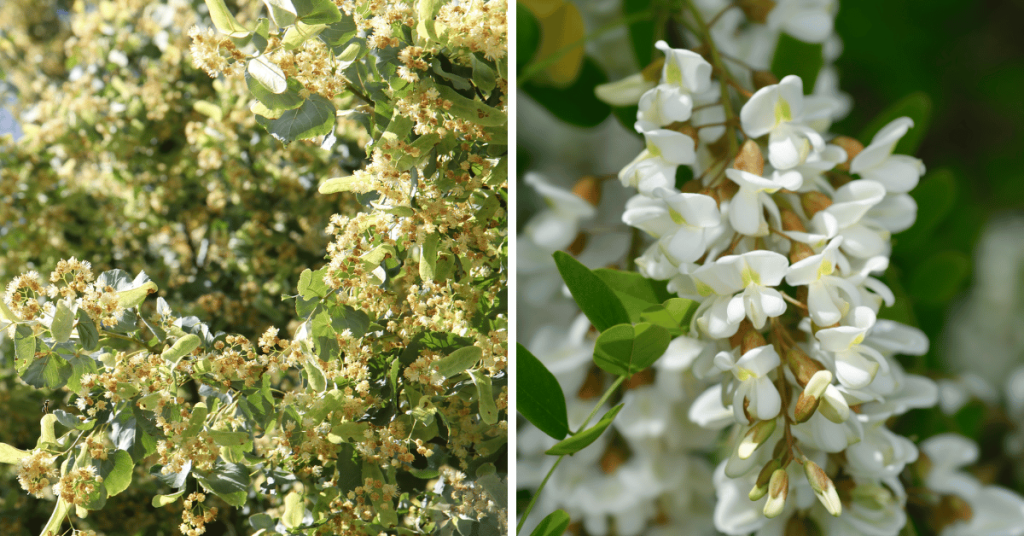
Black locust (Robinia pseudoacacia)
Nitrogen-fixing tree
Produces fragrant white flowers in spring, attracting bees
Provides valuable hardwood for construction and furniture
Grows 30-50 feet (9-15 meters) tall
American basswood (Tilia americana)
Produces nectar-rich flowers that bees love
Soft, lightweight wood used for carving and making musical instruments
Grows 60-80 feet (18-24 meters) tall
Tupelo (Nyssa)
Provides nectar and pollen for bees
Produces fruit enjoyed by wildlife
Grows 30-50 feet (9-15 meters) tall
Native Trees for the Temperate Climate Regions of Europe
European beech (Fagus sylvatica)
Attracts bees with flowers that produce pollen
Provides edible nuts called beechnuts
Grows 100-130 feet (30-40 meters) tall
Small-leaved lime (Tilia cordata)
Highly attractive to bees due to fragrant flowers
Produces small, round fruits
Grows 60-90 feet (18-27 meters) tall
Horse chestnut (Aesculus hippocastanum)
Large, showy flowers attract bees
Produces inedible chestnuts, but conkers are popular for children’s games
Grows 50-75 feet (15-23 meters) tall
Native Trees for the Temperate Climate Regions of Asia
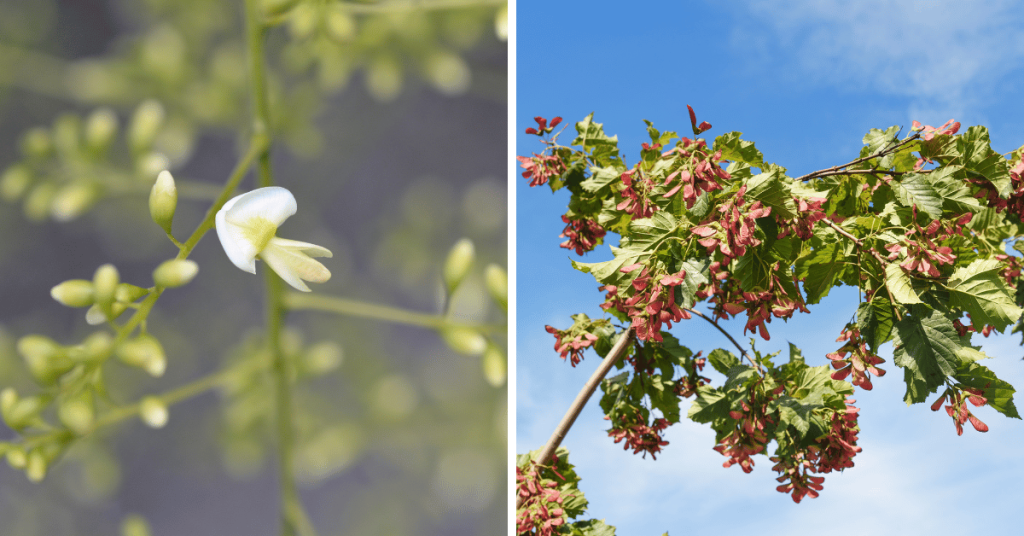
Japanese pagoda tree (Styphnolobium japonicum)
Produces fragrant white flowers that attract bees
Grows 50-75 feet (15-23 meters) tall
Korean mountain ash (Sorbus alnifolia)
Attracts bees with clusters of small, white flowers
Produces fruit enjoyed by wildlife
Grows 20-30 feet (6-9 meters) tall
Amur maple (Acer ginnala)
Fragrant, yellow flowers attract bees
Produces winged seeds called samaras
Grows 15-20 feet (4.5-6 meters) tall
Native Trees for the Temperate Climate Regions of Australia
Australian bottlebrush (Callistemon)
Unique brush-like flowers attract bees and other pollinators
Grows 3-15 feet (1-4.5 meters) tall, depending on species
Eucalyptus trees (Eucalyptus)
Produces flowers rich in nectar, attracting bees
Source of eucalyptus oil, used in various products
Grows up to 180 feet (55 meters) tall, depending on the species
Tea tree (Leptospermum spp.)
Bees are attracted to the nectar-rich flowers
Source of tea tree oil, used for its antimicrobial properties
Grows 3-20 feet (1-6 meters) tall, depending on species
Native Trees for the Temperate Climate Regions of South America
Chilean myrtle (Luma apiculata)
Attracts bees with its white, fragrant flowers
Produces edible, dark purple berries
Grows 10-20 feet (3-6 meters) tall
Peruvian peppertree (Schinus molle)
Produces clusters of small, white flowers that attract bees
Inedible fruits are used as a spice and for medicinal
Best Fruit and Nut Trees for Supporting Pollinators
In addition to the native trees and shrubs that support pollinators, fruit and nut trees can also play an important role in creating a diverse and thriving ecosystem. These trees not only provide a valuable source of nectar and pollen for pollinators like bees, butterflies, and wasps, but also offer delicious and nutritious produce for humans and wildlife alike. By incorporating fruit and nut trees into your landscape, you can enjoy the benefits of homegrown food while also contributing to the wellbeing of pollinators in your region. In this section, we will explore ten fruit and nut trees that are particularly effective in attracting and supporting pollinators.
Apple trees (Malus)
Blossoms attract bees and other pollinators
Produces a variety of apples for human consumption
Grows 10-30 feet (3-9 meters) tall, depending on the variety
Pear trees (Pyrus)
White blossoms provide nectar and pollen for bees
Produces delicious pears for eating fresh or cooking
Grows 25-40 feet (7.5-12 meters) tall
Peach trees (Prunus persica)
Pink blossoms attract pollinators
Produces juicy peaches for eating and canning
Grows 15-25 feet (4.5-7.5 meters) tall
Plum trees (Prunus spp.)
Fragrant white flowers draw in bees and other pollinators
Produces sweet plums for eating and making jams
Grows 15-25 feet (4.5-7.5 meters) tall
Cherry trees (Prunus subg. Cerasus)
Beautiful blossoms provide nectar for pollinators
Produces cherries for eating fresh, cooking, or preserving
Grows 15-35 feet (4.5-10.5 meters) tall, depending on the variety
Almond trees (Prunus dulcis)
Early blooming pink or white flowers attract bees
Produces nutritious almonds for snacking and culinary use
Grows 10-15 feet (3-4.5 meters) tall
(my experiment of growing store-bought almonds)
Hazelnut trees (Corylus avellana)
Produces catkins that attract bees and other pollinators
Provides delicious hazelnuts for eating and cooking
Grows 10-20 feet (3-6 meters) tall
Walnut trees (Juglans)
Produces inconspicuous flowers that attract bees
Offers tasty walnuts for snacking and cooking
Grows 40-60 feet (12-18 meters) tall
Pecan trees (Carya illinoinensis)
Wind-pollinated but still provides habitat for pollinators
Produces nutritious pecans for eating and baking
Grows 60-100 feet (18-30 meters) tall
Exploring the Advantages of Non-Invasive Non-Native Plants
While native plants are crucial in supporting local pollinator populations, there are also numerous benefits to incorporating non-invasive non-native plants into your garden or landscape. These plants can add diversity, beauty, and additional resources for pollinators, without posing a risk to the local ecosystem.
To learn more about the advantages of planting non-invasive non-native plants and how they can contribute to a healthy, thriving garden that supports pollinators, be sure to check out our article “The Benefits of Non-Invasive Non-Native Species”.
“The Benefits of Non-Invasive Non-Native Species“
Relax to the Sounds of Bees: A Soothing 10-Hour Video
For those who truly appreciate the calming and therapeutic effect of nature sounds, we have a special recommendation for you. Immerse yourself in the mesmerizing world of bees with a 10-hour-long YouTube video featuring the soothing buzz of bees and their beehive, accompanied by gentle background nature sounds and calming instrumental music.
This video is perfect for meditation, enhancing focus, or simply drifting off to sleep. The combination of bees buzzing, birds singing, and relaxing music creates a tranquil atmosphere that can help reduce stress and transport you to a peaceful, serene state of mind. The captivating visuals of the bees in their beehive offer an additional layer of relaxation and connection to the natural world.
To enjoy this calming experience and feel the stress melt away, click the link below to watch and listen to the 10-hour bee video. Let yourself be surrounded by the gentle sounds of bees and nature, and find your own sense of inner peace and tranquility.
Diversify Your Garden: Uncover the Best Shrubs for Pollinators
Looking to enhance your pollinator-friendly garden even further? Discover our latest article, “Beneficial Shrubs for Pollinators: Choosing the Right Species for Your Eco-Friendly Garden.” Learn how to diversify your garden with the perfect combination of shrubs to support and nurture pollinators. Visit https://www.hugelkulturworks.com/beneficial-shrubs-for-pollinators-choosing-the-right-species-for-your-eco-friendly-garden/ and start transforming your garden today!

